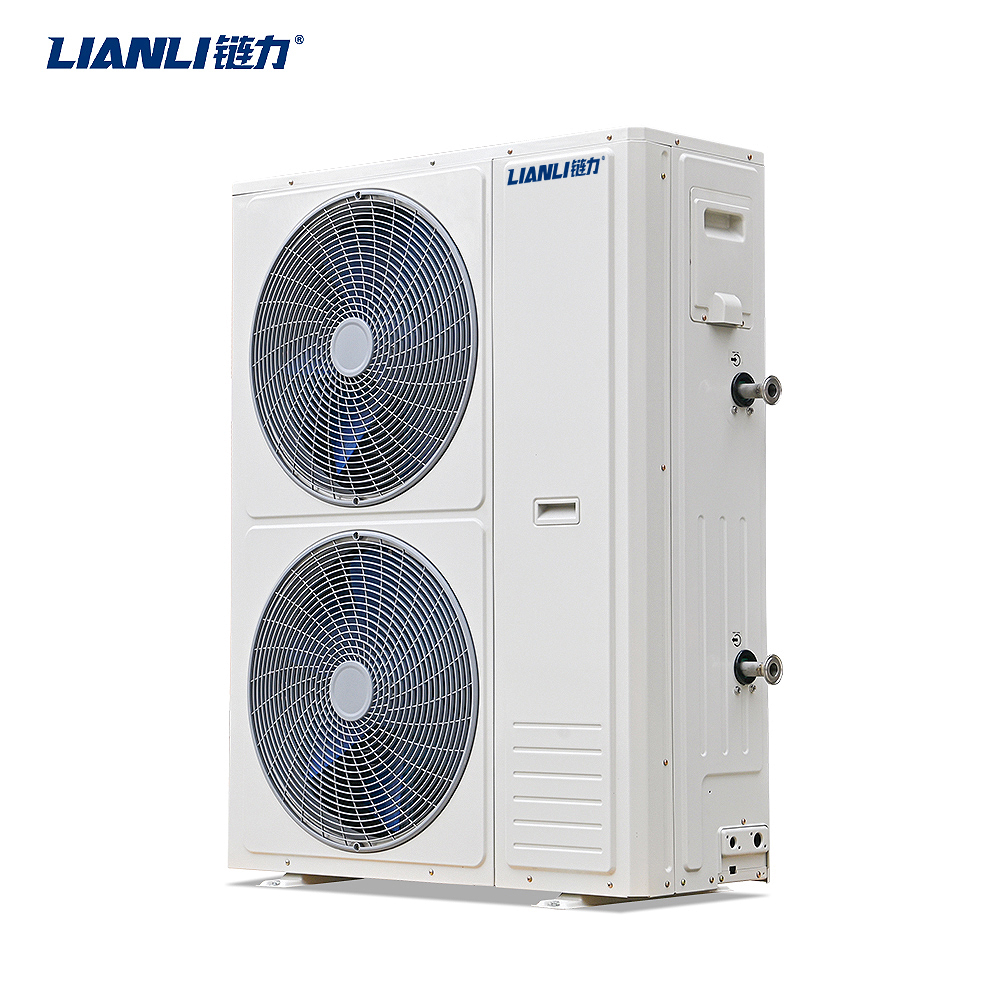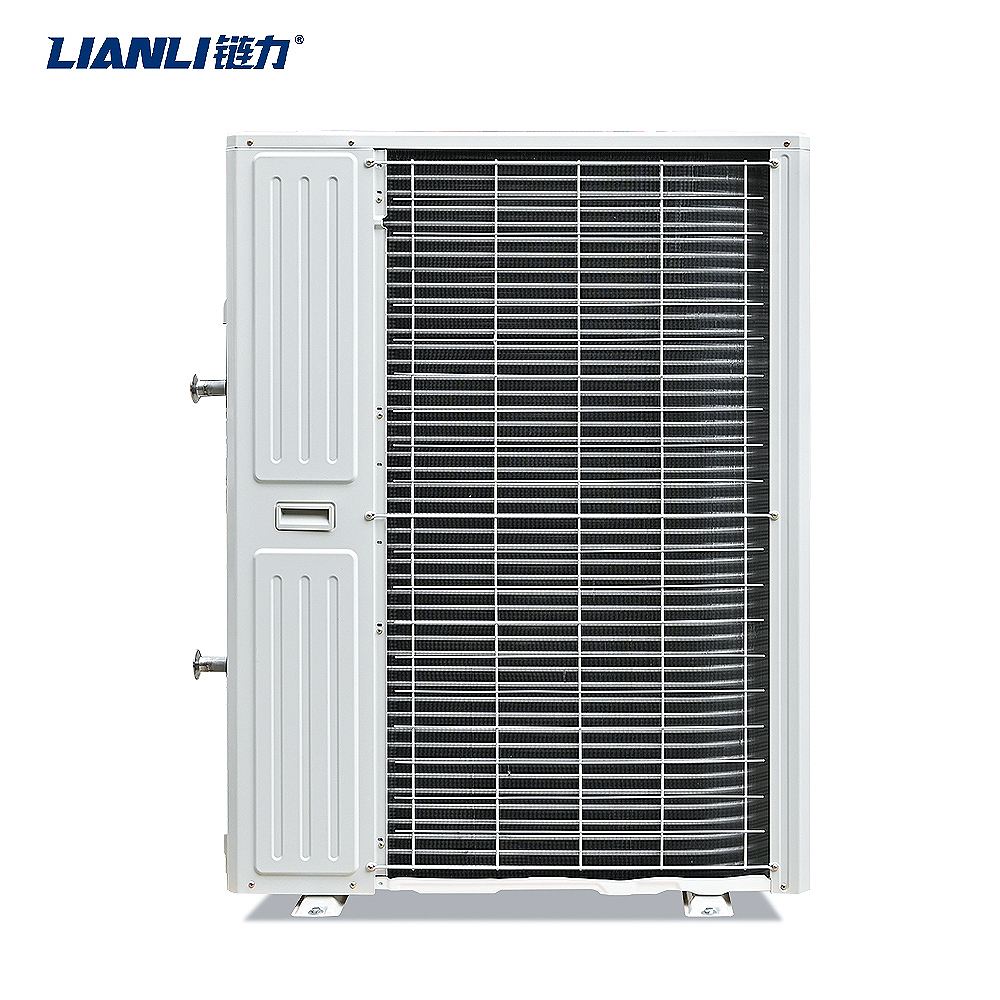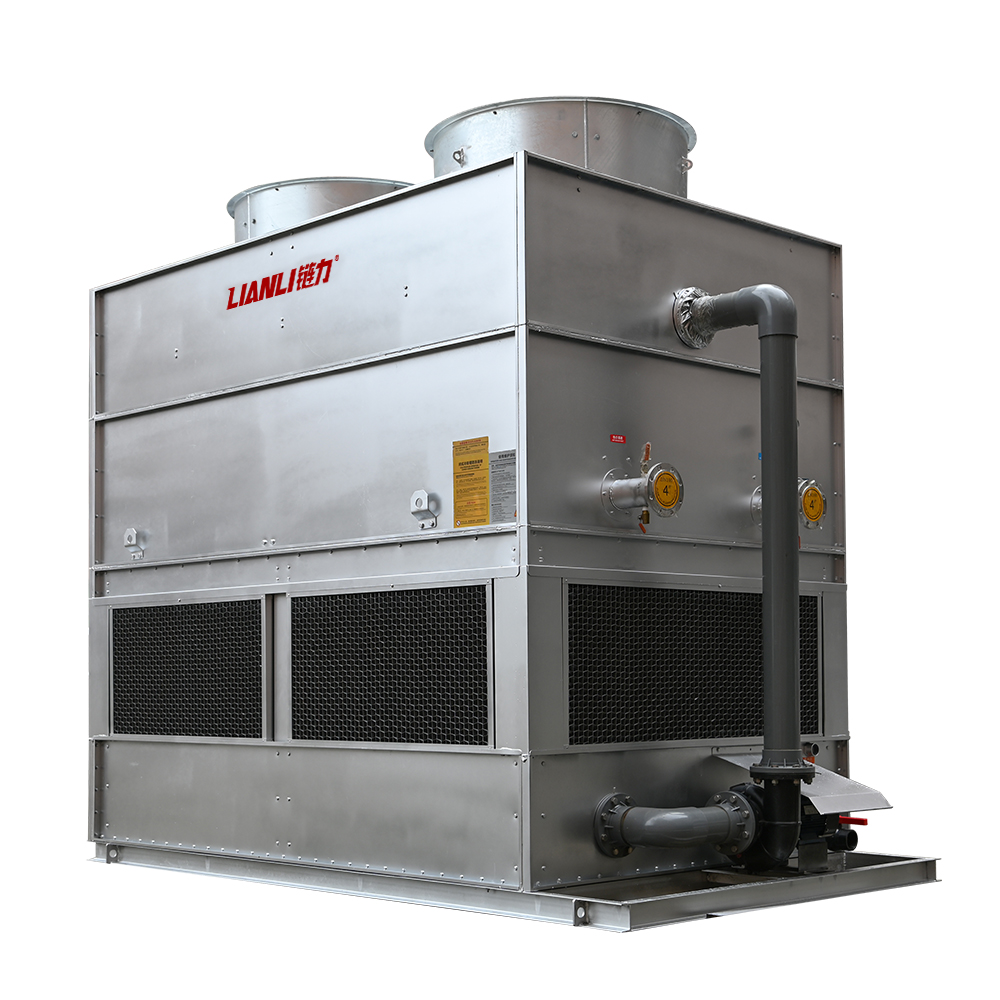Miner S21e Hyd.+: How to Monitor Water Cooling System Efficiency in .Mining Farms
The advent of the Miner S21e Hyd.+ has revolutionized the landscape of cryptocurrency mining, offering unprecedented hashing power with a significant reduction in energy consumption. However, with great power comes the need for efficient thermal management. The Miner S21e Hyd.+ utilizes a sophisticated water cooling system to maintain optimal operating temperatures, ensuring longevity and peak performance. For mining farm operators, monitoring the efficiency of this water cooling system is paramount to maximizing profitability and preventing costly downtime.
Understanding the Miner S21e Hyd.+ Water Cooling System
The Miner S21e Hyd.+ is specifically engineered with a direct-to-die water cooling solution. This means coolant flows directly over the ASIC chips, providing highly efficient heat transfer compared to traditional air cooling. The system comprises water blocks integrated into the miner, coolant pumps, heat exchangers (radiators), reservoirs, and intricate piping networks. Maintaining the correct flow rate, coolant temperature, and pressure is critical for the Miner S21e Hyd.+ to operate within its designed thermal envelope.
Key Performance Indicators (KPIs) for Miner S21e Hyd.+ Cooling Efficiency
To effectively monitor the Miner S21e Hyd.+ water cooling system, operators should track several key metrics:






- Coolant Inlet and Outlet Temperatures: Monitoring the temperature of the coolant entering and exiting the Miner S21e Hyd.+ is fundamental. A significant temperature rise indicates effective heat absorption. However, excessively high outlet temperatures suggest the system is struggling to dissipate heat, potentially leading to thermal throttling. The ideal delta T (difference between inlet and outlet) should be within the manufacturer’s specified range for the Miner S21e Hyd.+.
- Flow Rate: Adequate coolant flow is essential. Low flow rates can cause localized hotspots on the ASIC chips, even if the overall coolant temperature seems acceptable. Flow sensors installed in the loop provide real-time data on gallons per minute (GPM) or liters per minute (LPM), ensuring it meets the Miner S21e Hyd.+’s requirements.
- System Pressure: Monitoring pressure helps detect blockages (high pressure) or leaks (low pressure) within the water cooling loop. Sudden pressure drops are a critical warning sign requiring immediate investigation for the Miner S21e Hyd.+ setup.
- Pump Performance: Tracking pump speed (RPM) and power consumption helps identify potential pump degradation or failure before it impacts cooling performance on the Miner S21e Hyd.+.
- Ambient Temperature and Humidity: While not a direct measurement of the Miner S21e Hyd.+’s system, the surrounding environment affects the heat exchanger’s ability to reject heat. High ambient temperatures reduce cooling efficiency.
- Integrated Monitoring Software: Many modern water cooling solutions, especially those designed for industrial applications like the Miner S21e Hyd.+, come with proprietary software. This software aggregates data from sensors (temperature, flow, pressure) and provides a centralized dashboard for real-time monitoring and historical trend analysis of the Miner S21e Hyd.+ cooling performance.
- SCADA Systems: For large-scale mining farms, Supervisory Control and Data Acquisition (SCADA) systems offer comprehensive monitoring and control. Integrating the Miner S21e Hyd.+’s cooling data into a SCADA platform allows for holistic oversight of the entire facility’s thermal management.
- Regular Visual Inspections: While automated systems are crucial, routine visual checks for leaks, coolant discoloration, or debris in reservoirs remain essential preventative maintenance for the Miner S21e Hyd.+.
- Data Logging and Trend Analysis: Continuously logging KPIs enables operators to establish baseline performance for the Miner S21e Hyd.+ and identify gradual degradation (e.g., declining flow rate due to mineral buildup, increasing delta T) before it causes failure.
- Alarm Systems: Configuring automated alerts for out-of-spec conditions (e.g., low flow, high temperature, pressure drop) is vital for the Miner S21e Hyd.+. This allows for rapid intervention to prevent hardware damage.





